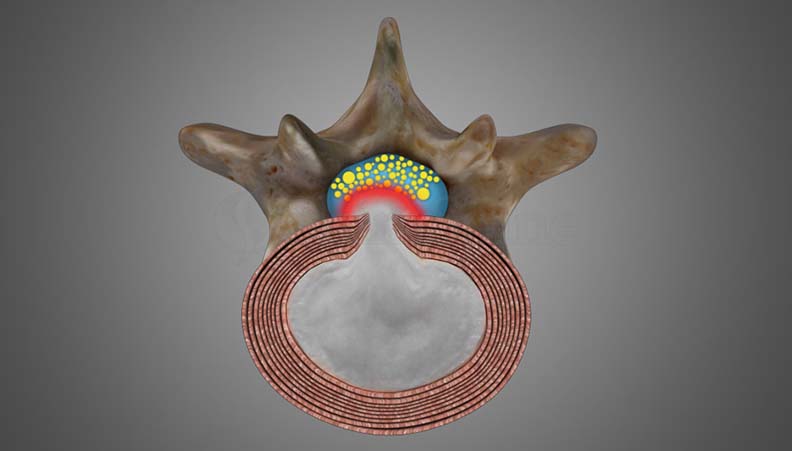Cauda Equina Syndrome
At the bottom of the spine, near where the lumbar vertebrae start, is the cauda equina. This is a bundle of nerves shaped like a horse’s tail that provide nerve function to the legs, feet and pelvic organs. In Cauda Equina Syndrome, these nerves are completely or partially blocked from sending proper messages to these areas.
Symptoms include low back pain, numbness or weakness in one or both legs and a decreased sensation in the pelvic area. Loss of control over bladder or bowel function (retention or incontinence) is part of this decreased sensation and the patient may often report sexual dysfunction.
Causes of Cauda Equina Syndrome include, a large lumbar disc herniation (most common), severe spinal stenosis, tumor, infection, hemorrhage or fracture. Any severe injury to the back, such as a fall, can also cause this.
Surgery is discussed immediately on diagnosis as the longer there is pressure on the nerves, the less likely it is for the patient to recover all function.
Treatment to be considered:
- Posterior Lumbar decompression (laminectomy)
- Posterior Lumbar discectomy
- Lumbar fusion
Last modified: October 22, 2019






